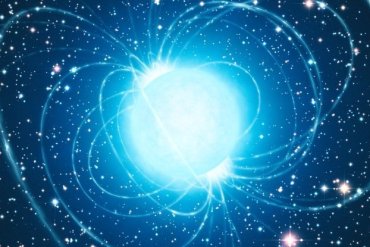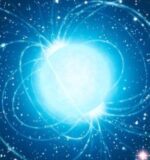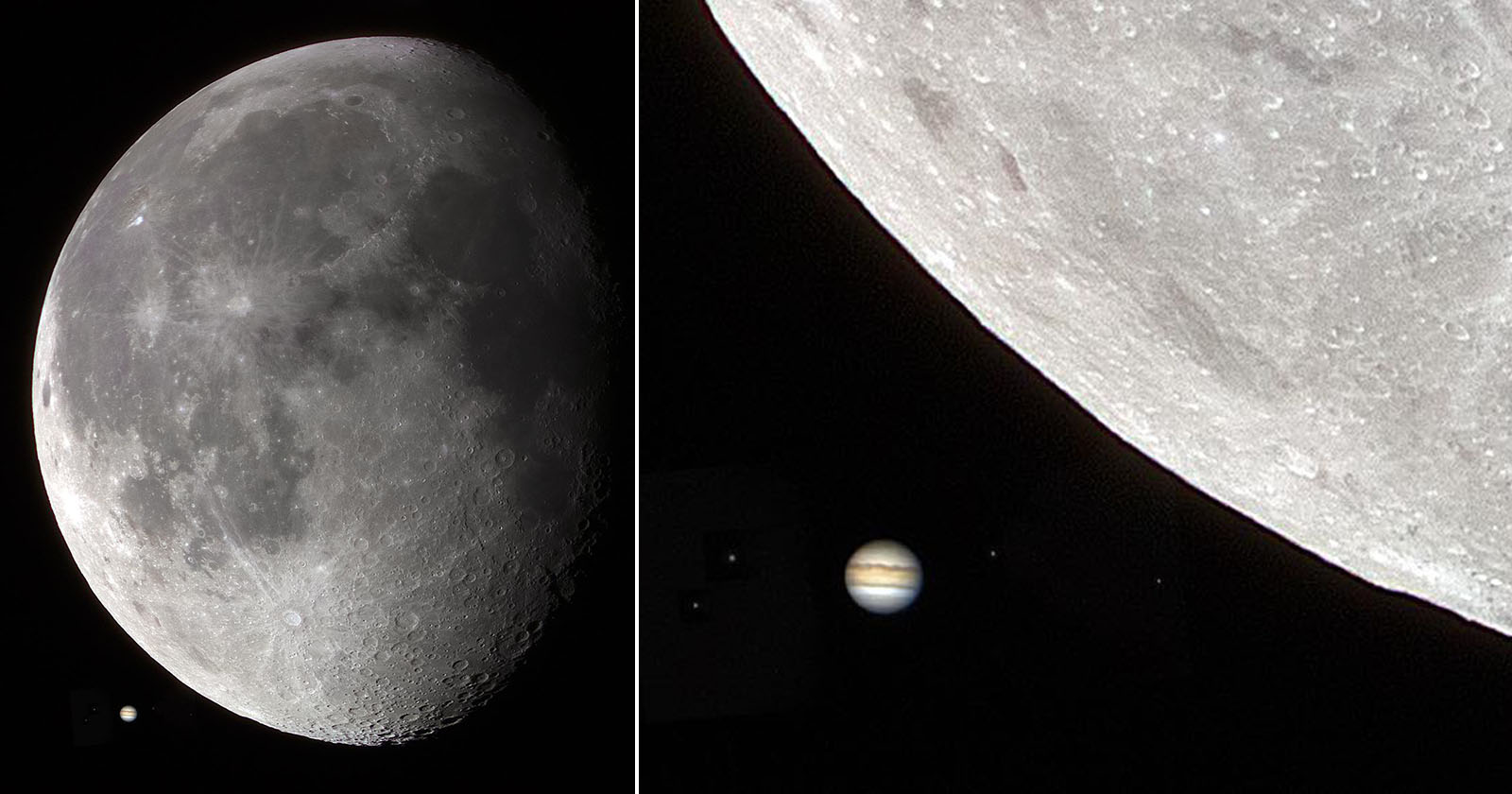Evidence of a long-sought hypothetical particle could have been hiding in plain (X-ray) sight all this time.
The X-ray emission coming off a collection of neutron stars known as the Magnificent Seven is so excessive that it could be coming from axions, a long-predicted kind of particle, forged in the dense cores of these dead objects, scientists have demonstrated.
If their findings are confirmed, this discovery could help unravel some of the mysteries of the physical Universe – including the nature of the mysterious dark matter that holds it all together.
“Finding axions has been one of the major efforts in high-energy particle physics, both in theory and in experiments,” said astronomer Raymond Co of the University of Minnesota.
“We think axions could exist, but we haven’t discovered them yet. You can think of axions as ghost particles. They can be anywhere in the Universe, but they don’t interact strongly with us so we don’t have any observations of them yet.”

Axions are hypothetical ultra-low-mass particles, first theorised in the 1970s to resolve the question of why strong atomic forces follow something called charge-parity symmetry, when most models say they don’t need to.
Axions are predicted by many models of string theory – a proposed solution to the tension between general relativity and quantum mechanics – and axions of a specific mass are also a strong dark matter candidate. So scientists have a number of really good reasons to go looking for them.
If they exist, axions are expected to be produced inside stars. These stellar axions are not the same as dark matter axions, but their existence would imply the existence of other kinds of axions.
One way to search for axions is by looking for excess radiation. Axions are expected to decay into pairs of photons in the presence of a magnetic field – so if more electromagnetic radiation than there should be is detected in a region where this decay is expected to take place, that could constitute evidence of axions.
In this case, excess hard X-radiation is exactly what astronomers have found when looking at the Magnificent Seven.
These neutron stars – the collapsed cores of dead massive stars that died in a supernova – are not clustered in a group, but share a number of traits in common. They are all isolated neutron stars of around middle-age, a few hundred thousand years since stellar death.
They are all cooling, emitting low-energy (soft) X-rays as they do so. They all have strong magnetic fields, trillions of times stronger than Earth’s, powerful enough to trigger axion decay. And they are all relatively nearby, within 1,500 light-years from Earth.
This makes them an excellent laboratory for looking for axions, and when a team of researchers – led by senior author and physicist Benjamin Safdi of the Lawrence Berkeley National Laboratory – studied the Magnificent Seven with multiple telescopes, they identified high-energy (hard) X-ray emission not expected for neutron stars of that type.
In space, however, there are many processes that can produce radiation, so the team had to carefully examine other potential sources of the emission. Pulsars, for instance, emit hard X-radiation; but the other kinds of radiation emitted by pulsars, such as radio waves, are not present in the Magnificent Seven.
Another possibility is that unresolved sources near the neutron stars could be producing the hard X-ray emission. But the datasets the team used, from two different space X-ray observatories – XMM-Newton and Chandra – indicated that the emission is coming from the neutron stars. Nor, the team found, is the signal likely to be the result of a pile-up of soft X-ray emission.
“We are pretty confident this excess exists, and very confident there’s something new among this excess,” Safdi said. “If we were 100 percent sure that what we are seeing is a new particle, that would be huge. That would be revolutionary in physics.”
That’s not to say that the excess is a new particle. It could be a previously unknown astrophysical process. Or it could be something as simple as an artefact from the telescopes or data processing.
“We’re not claiming that we’ve made the discovery of the axion yet, but we’re saying that the extra X-ray photons can be explained by axions,” Co said. “It is an exciting discovery of the excess in the X-ray photons, and it’s an exciting possibility that’s already consistent with our interpretation of axions.”
The next step will be to try to verify the finding. If the excess is produced by axions, then most of the radiation should be emitted at higher energies than XMM-Newton and Chandra are capable of detecting. The team hopes to use a newer telescope, NASA’s NuSTAR, to observe the Magnificent Seven across a wider range of wavelengths.
Magnetised white dwarf stars could be another place to look for axion emission. Like the Magnificent Seven, these objects have strong magnetic fields and are not expected to produce hard X-ray emission.
“This starts to be pretty compelling that this is something beyond the Standard Model if we see an X-ray excess there, too,” Safdi said.







 Photographer Finds Locations Of 1960s Postcards To See How They Look Today, And The Difference Is Unbelievable
Photographer Finds Locations Of 1960s Postcards To See How They Look Today, And The Difference Is Unbelievable  Hij zet 3 IKEA kastjes tegen elkaar aan en maakt dit voor zijn vrouw…Wat een gaaf resultaat!!
Hij zet 3 IKEA kastjes tegen elkaar aan en maakt dit voor zijn vrouw…Wat een gaaf resultaat!!  Scientists Discover 512-Year-Old Shark, Which Would Be The Oldest Living Vertebrate On The Planet
Scientists Discover 512-Year-Old Shark, Which Would Be The Oldest Living Vertebrate On The Planet  Hus til salg er kun 22 kvadratmeter – men vent til du ser det indvendigt
Hus til salg er kun 22 kvadratmeter – men vent til du ser det indvendigt  Superknepet – så blir snuskiga ugnsformen som ny igen!
Superknepet – så blir snuskiga ugnsformen som ny igen!  Meteorite That Recently Fell in Somalia Turns Out to Contain Two Minerals Never Before Seen on Earth
Meteorite That Recently Fell in Somalia Turns Out to Contain Two Minerals Never Before Seen on Earth  Nearly Frozen Waves Captured On Camera By Nantucket Photographer
Nearly Frozen Waves Captured On Camera By Nantucket Photographer  It’s Official: Astronomers Have Discovered another Earth
It’s Official: Astronomers Have Discovered another Earth 